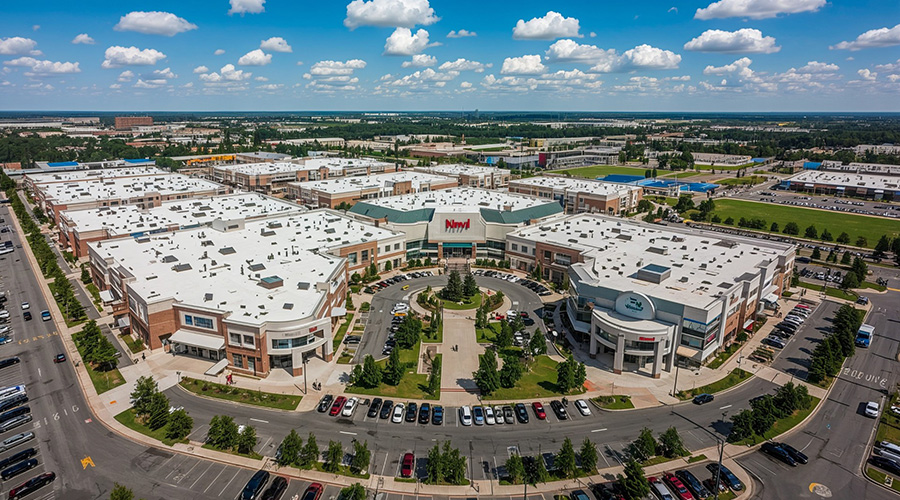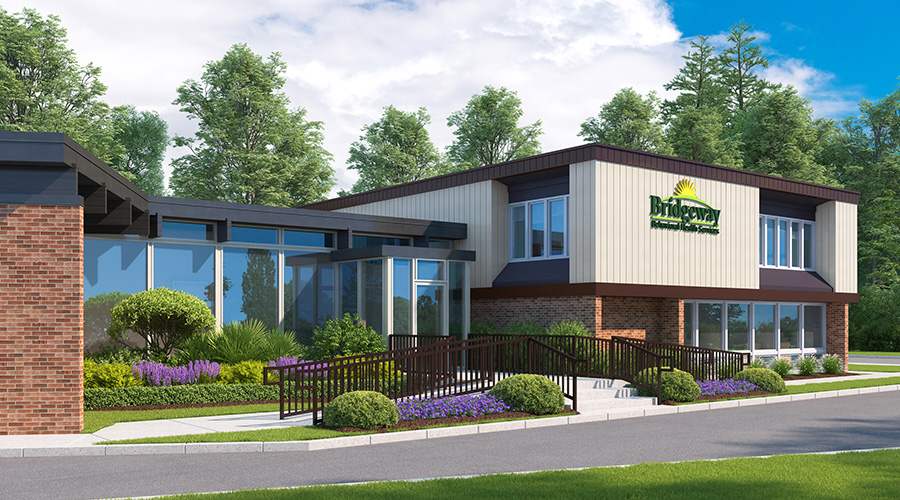While the COVID-19 pandemic appears to be waning in parts of the country, hospitals and other healthcare facilities across the country continue to struggle with the ongoing pressure of new cases and hospitalizations.
In New Mexico, Presbyterian Healthcare Services and University of New Mexico (UNM) Health – along with healthcare systems around the state – are facing unprecedented challenges managing the impact of COVID-19 on staff and facilities. As a result, both UNM Health and Presbyterian have taken steps to expand clinical spaces and increase staffing to care for patients during the pandemic.
The addition of the Public Health Order permitting the activation of Crisis Standards of Care (CSC) provides another lever for hospitals to meet patient needs. As a result, effective Nov. 11, Presbyterian’s Albuquerque metro hospitals – Presbyterian Hospital, Presbyterian Kaseman Hospital and Presbyterian Rust Medical Center – activated Crisis Standards of Care. UNM Health is also activating CSC for its Albuquerque metro hospitals – UNM Hospital and UNM Sandoval Regional Medical Center.
While both systems will not be deallocating or rationing care, activating CSC will allow the facilities to care for patients as safely and effectively as possible under unrelenting patient volumes.
In Minnesota, Gov. Tim Walz recently announced the first skilled-nursing facility to serve as an alternative care site as part of his action plan to relieve hospitals overwhelmed by those requiring COVID-19 care. Benedictine St. Gertrude’s in Shakopee accepted patients from area hospitals, providing transitional care and allowing hospitals to treat patients sick with COVID-19 and others requiring emergency support.
Hospitals report that a number of their beds are occupied by Minnesotans who should be treated at long-term care facilities, such as those who have recently had surgery and no longer need hospital-level care but cannot yet go home. Due to staffing and bed shortages, hospitals are not able to transfer these patients to long-term care settings. Walz’s action plan, announced Oct. 15, is designed to help hospitals manage capacity issues by expanding access to long-term care beds.
Initially, eight nurses and four certified nursing assistants at the alternative care site will form the COVID-19 Emergency Staffing Pool, which Governor Walz expanded in mid-October as part of his action plan to increase hospital capacity for COVID-19 patients. Additional temporary nursing assistants will come from the Minnesota National Guard.

 Healthcare Is the New Retail
Healthcare Is the New Retail Bridgeway Behavioral Health Services Launches Campaign to Renovate Health Center
Bridgeway Behavioral Health Services Launches Campaign to Renovate Health Center Ground Broken for New North Dakota State Hospital
Ground Broken for New North Dakota State Hospital AI Usage for Healthcare Facilities
AI Usage for Healthcare Facilities Ground Broken on Pelican Valley Senior Living Modernization Project
Ground Broken on Pelican Valley Senior Living Modernization Project